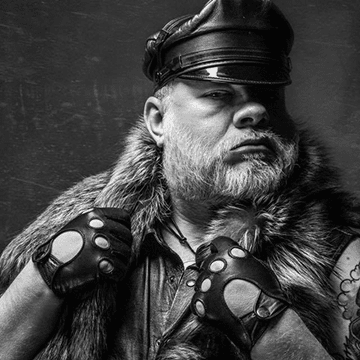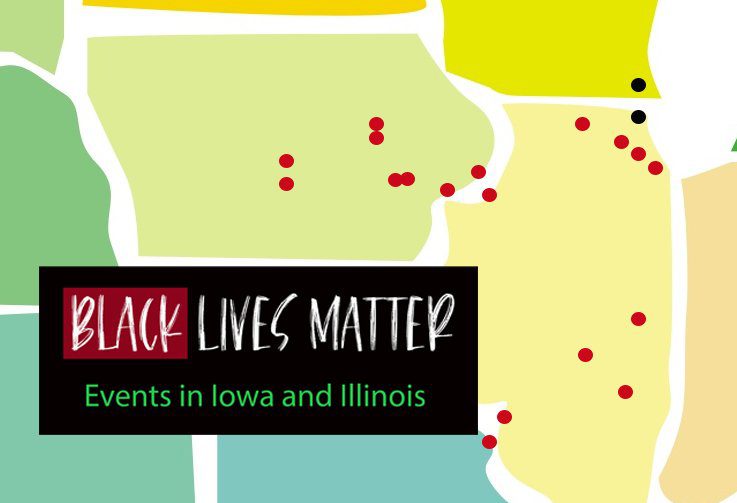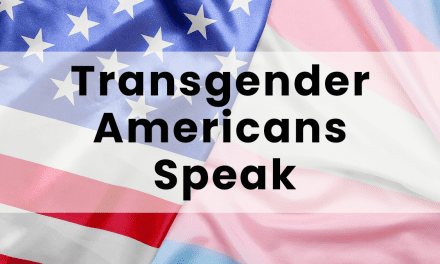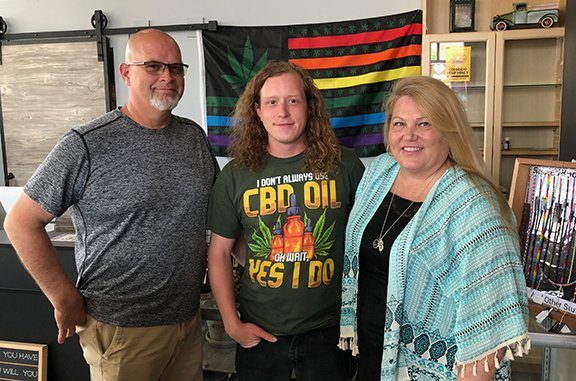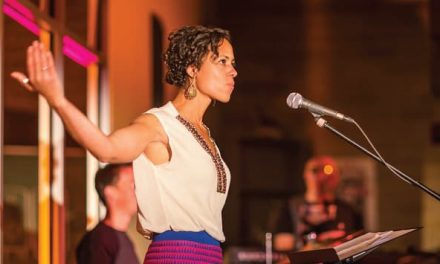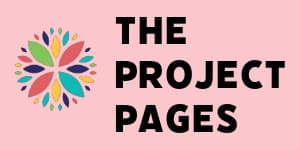Rob Anderson of Cedar Rapids is one of Iowa’s leaders in “bear” culture and Mr. Iowa Leather 2016. He took a few minutes to share with Christine Hawes about bear culture, in this Q&A, edited for brevity and clarity.
What is “bear” culture?
The easiest definition of a “Bear” is a male-identified individual bigger in size who tends to have a hairy body and likely some facial hair. Within the community, there are various types of bears and similar animals that are used to describe people — such as “cub” for a younger guy with a more medium build and hairy body. There is also “wolf” for a slimmer guy that is a bit older and hairy. The list goes on and on!
Is the “bear” culture only for masculine men? How do non-masculine men fit in?
The Bear community is made up of all types of people, male and female, as well as masculine and feminine individuals. You will find some gender-fluid individuals that may identify as a part of the “radical fairy” culture, as well as some involved in drag as “bearded beauties.” Ultimately, it’s about being YOU.
What is the female equivalent of “bear” culture?
I have heard of our females that engage with the Bear community referred to as Goldilocks for a female supporter/friend of the community, or even Mama Bear. There is also the term Ursula, derived from the Latin word ursa meaning bear.
What about diversity?
The bear culture is ethnically diverse. There are even some identifiers within the community. Many Asian bears will identify as Pandas, and some African American bears will identify as Black Bears. I would be classified as a Polar Bear because of the white beard. Regarding nonbinary and transgender people, we welcome people as they are.
What is the origin of bear culture?
My understanding of Bear history is that the community developed as a response to the stereotypes associated with the gay male culture. Bear clubs were formed for men who didn’t fit the stereotypical identity of what society saw as the norm for a gay man. The development of the community and culture is similar to that of the leather community and motorcycle clubs that began to form in the 1950’s.
What do you feel is most needed about “bear” culture today?
Speaking from personal experience, it is important to have a community where you feel as though you fit in and belong. A community where you can be yourself and be true to your identity and not conform to society’s norms. The bear community offers a space for socializing, serving the greater community, and having fun. I personally discovered the bear community on a trip to Paris when I checked a local bar called the Bear’s Den. Walking in there and having people appreciate me for who I was helped me to become comfortable in my own skin and embrace my true self.

